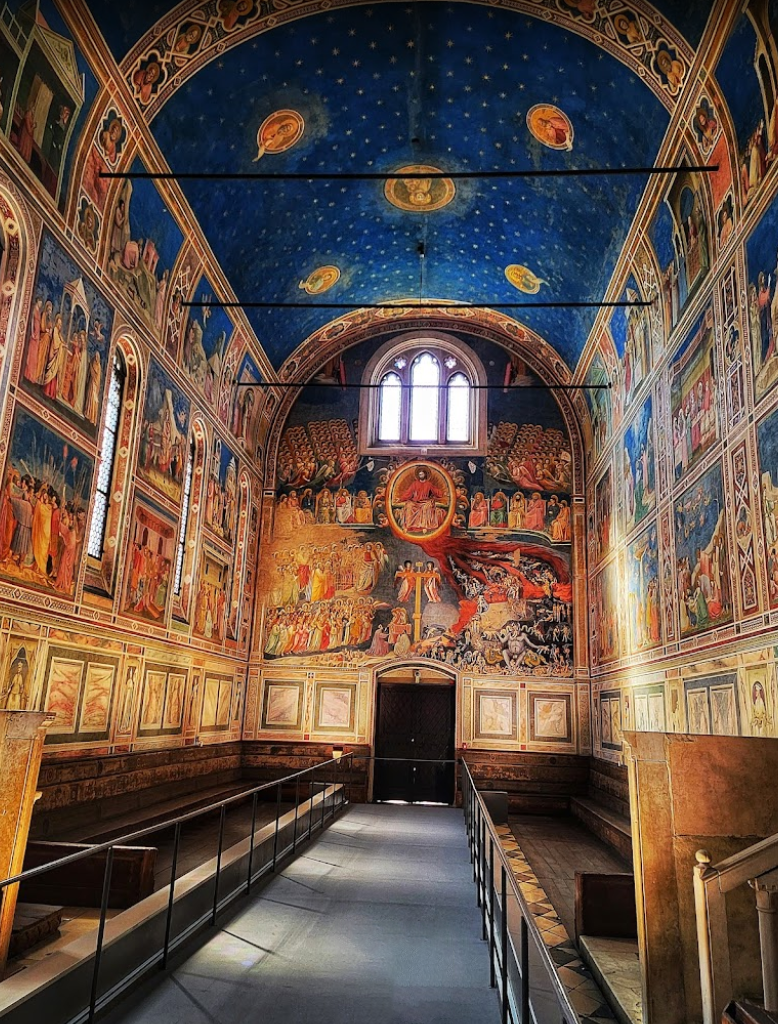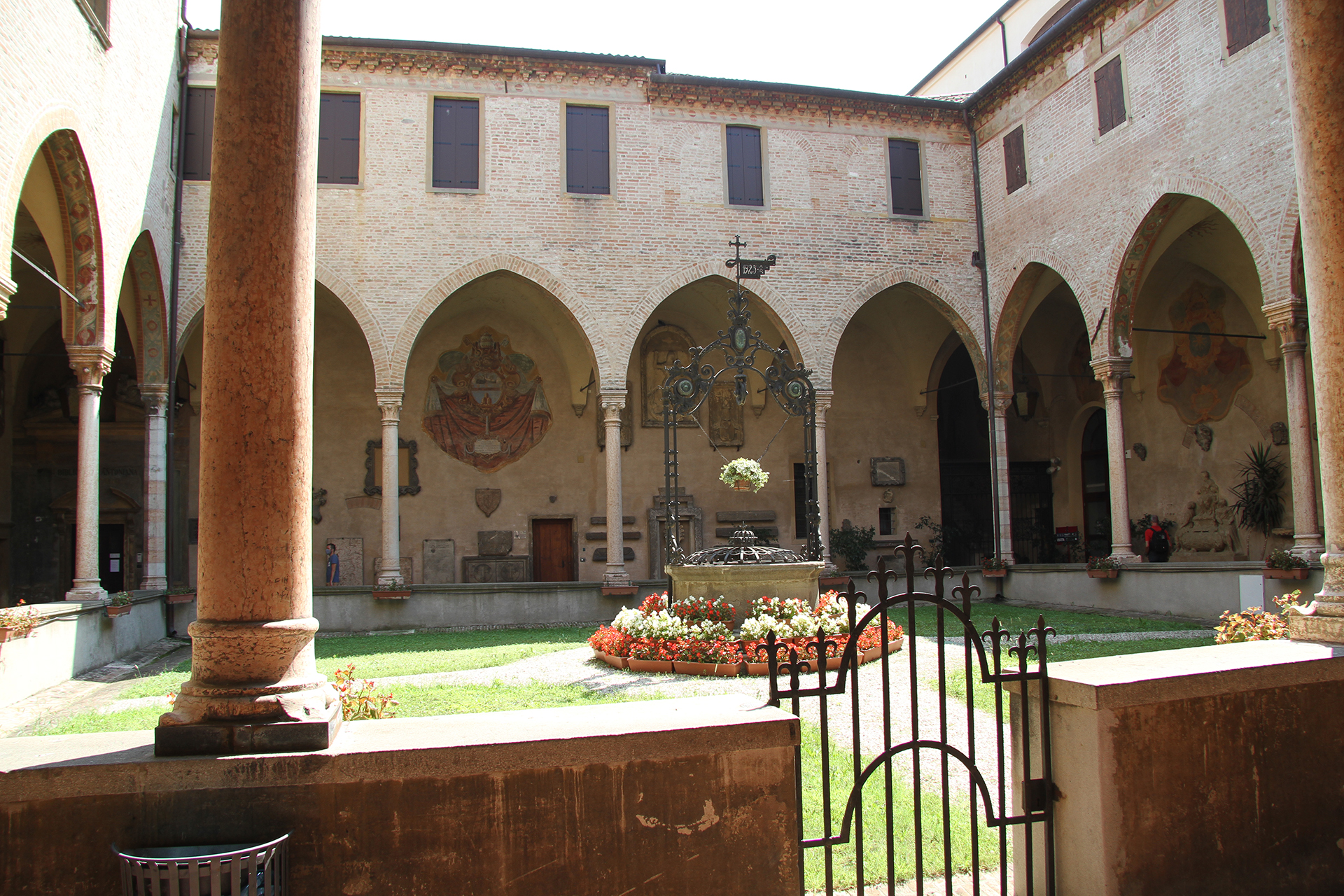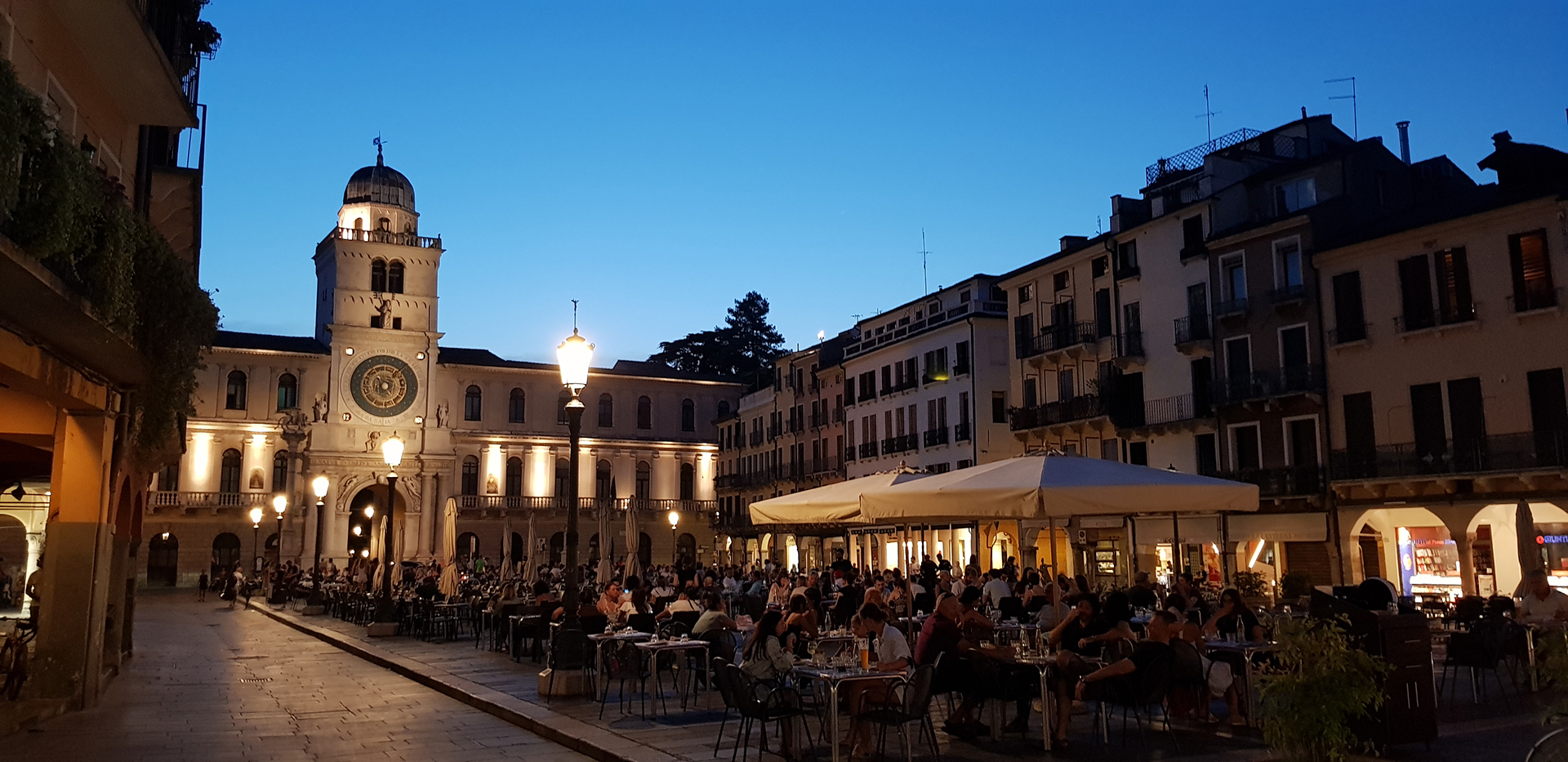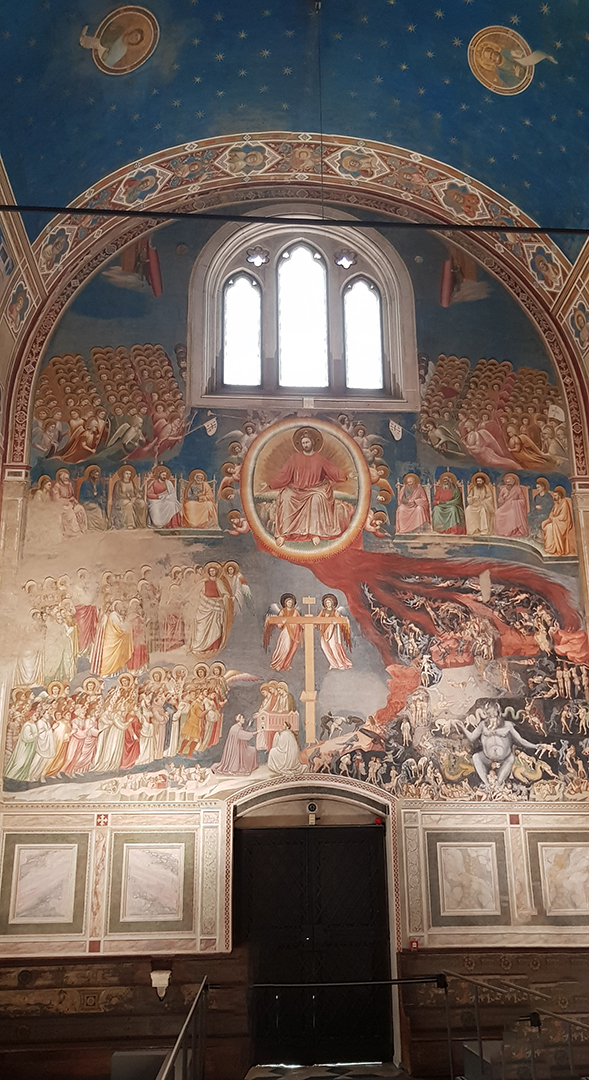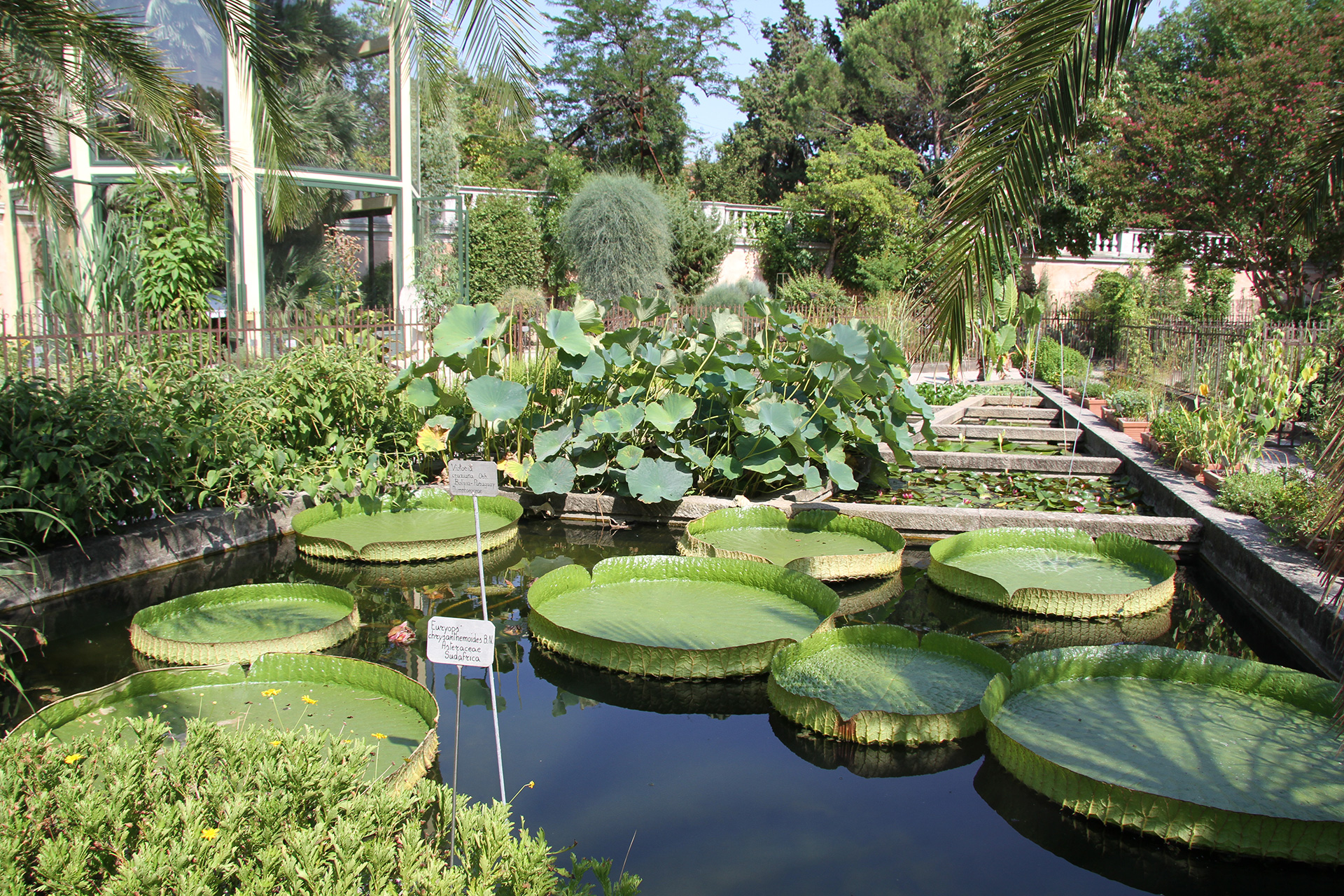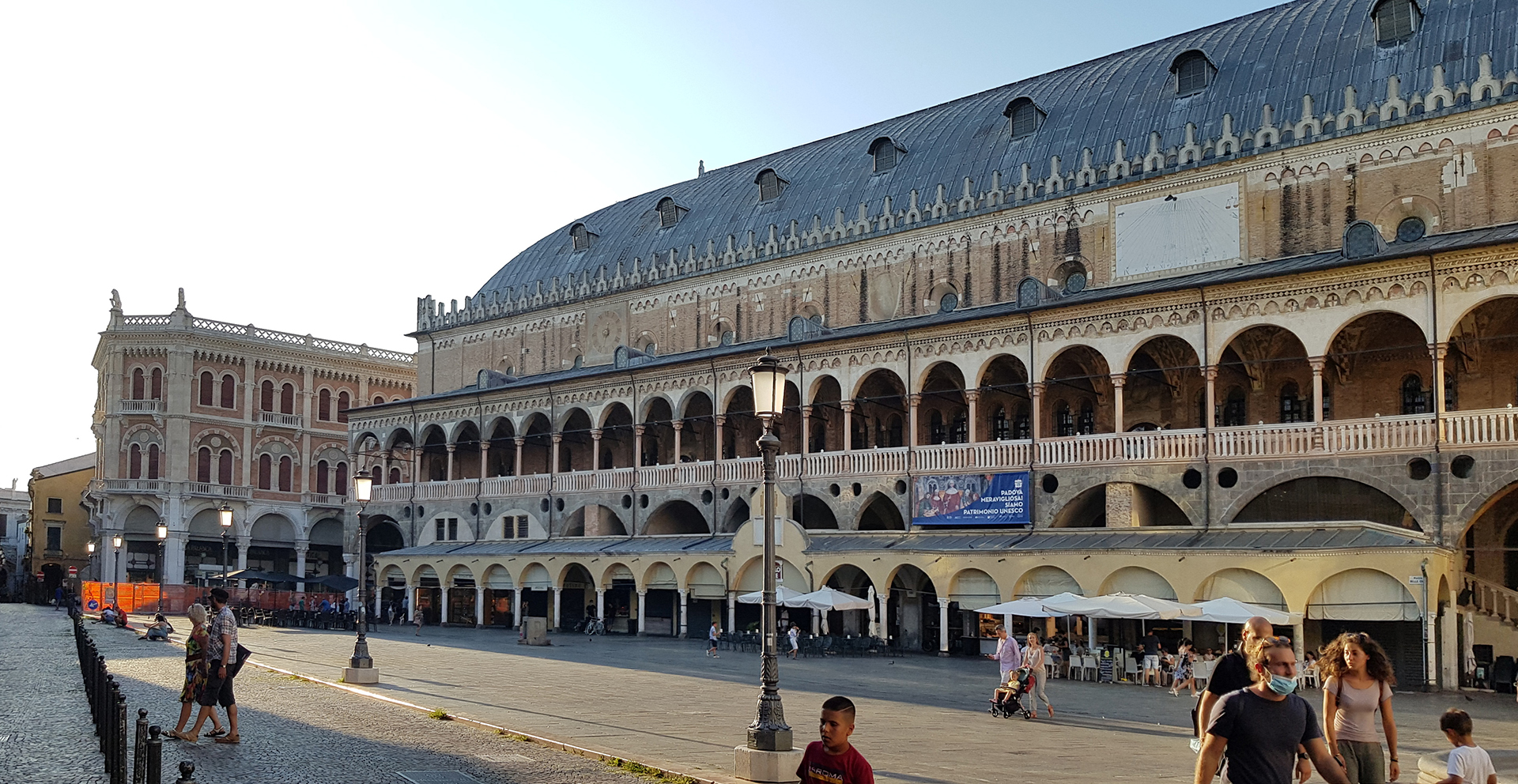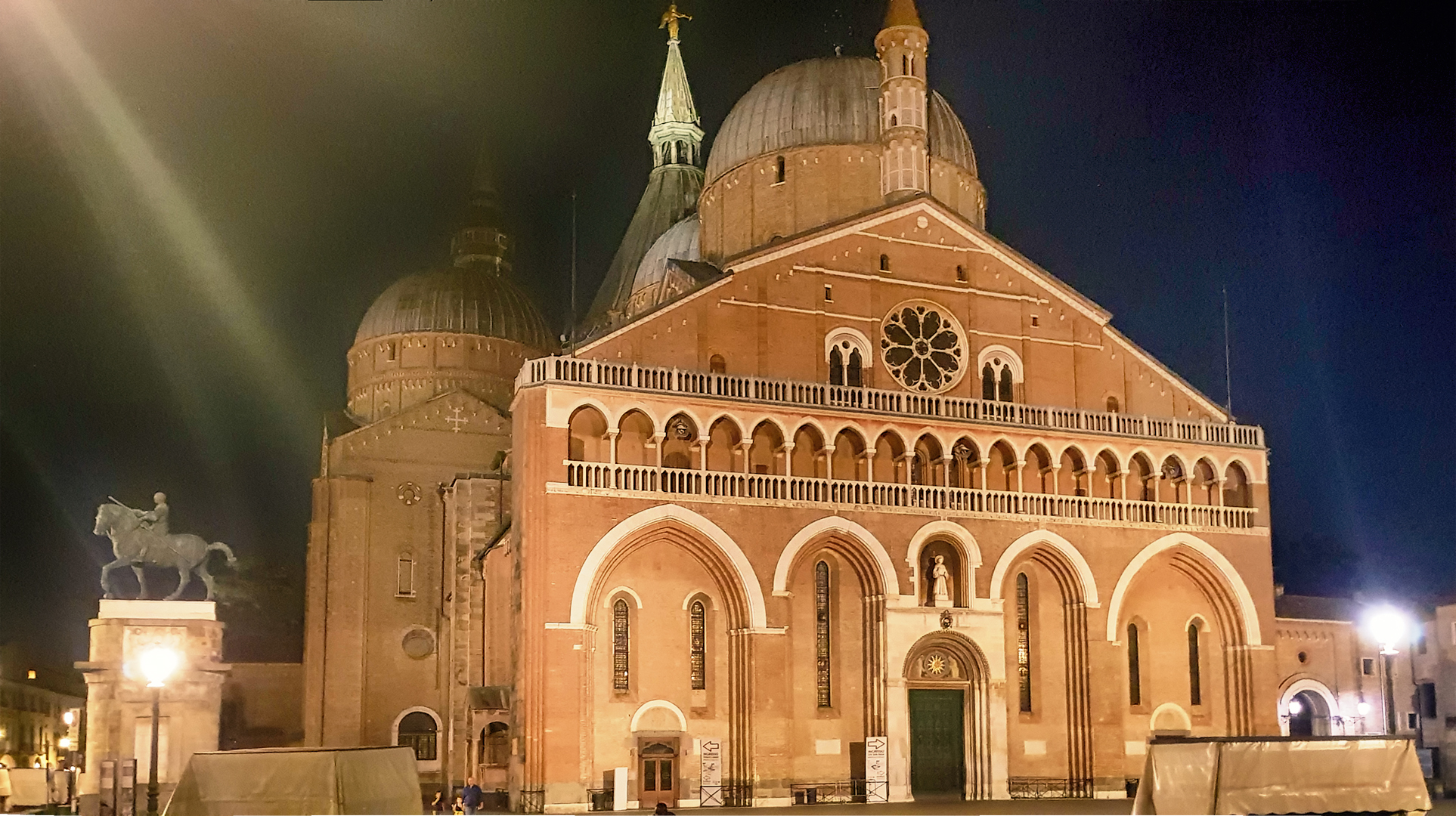Visit Padua
A visit to Padua is an experience full of charm. The origins of this city are very ancient
The historian Titus Livius wants it to be founded by the Trojan Antenore in 1000 BC, but in reality the area was already populated by a highly evolved and skilled civilization of which unequivocal traces remain. In the 1st century BC Padua becomes a Roman municipality, assuming the characteristic urban layout of the cities of the Empire, which then in the Middle Ages will evolve into the structure that the center still retains today, with arcaded streets that cross it completely.
Visiting Padua brings you in contact with the highest values of the Veneto region and with some of the greatest art masterpieces of all time. Padua is a real monument of every historical era it has lived, a treasure chest that holds priceless treasures for over two thousand years of history.
Since 1222 it has been the seat of a prestigious university which soon transformed it into one of the major centers of European culture, both in the fields of literature and science (Galileo Galilei). To fully enjoy one of the most peculiar aspects of the city, a visit to Padua should be organized as long as there are university courses and the streets and squares of the center are crowded with students who walk or stop in the bars to have a typical aperitif. , Spritz.
Another aspect that you will immediately realize during a visit to Padua is the religious tradition of the city, dating back to the providential intervention of the Franciscan Antonio against the widespread phenomenon of usury at the beginning of the 13th century. Made a saint just a year after his death, the Basilica of Sant'Antonio was built to receive his remains, an imposing and very important spiritual monument which contains various architectural styles (Romanesque, Gothic, Byzantine, Moorish) and which preserves many works of art. art: the Saint's church is now a destination for pilgrimages from all over the world.
Those who come to visit Padua also know that the city has the most important cycle of frescoes by Giotto, created in the early 1300s and contained within the Scrovegni Chapel, always of a sacred nature.
In the proximity of the chapel, however, and precisely inside the Church of the Eremitani, there are paintings by Andrea Mantegna and Giusto de 'Menabuoi (who also frescoed the Baptistery of the Cathedral). We also recommend a visit to the adjacent Civic Museum of the Eremitani, where there are finds from the Paleovenetian civilization and from the Roman era, to the Pinacoteca, where there is Giotto's wooden crucifix, and to the Palazzo della Ragione (XIII), the city's court built. in 1218. In Palazzo del Bo', the residence of the University, it is possible to see the Anatomical Theater, built in 1594 and used until 1872, and the chair of Galileo Galilei. Of particular value in the building are the ancient courtyard and the Aula Magna. The Botanical Garden established in 1545 is also a recommended destination for visitors.
The Botanical Garden established in 1545 is also a recommended destination for visitors
